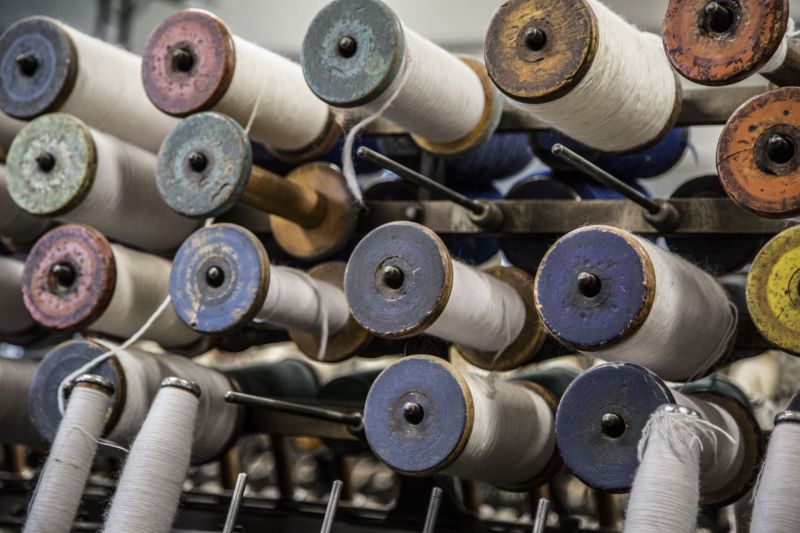Impact Of Millions Of Tones Of Effluent Of Textile Industries
Published on by Suraj Bhagat (Ph.D.), | Environmental Data Science | Spatial Data Science | Contamination prediction | in Academic
Analysis Of Textile Industries Effluents In Bhilwara And An Approach With Bioremediation

Representative image, Image source: Public Domain Photos
It is well known that cotton mills consume large volume of water for various processes such as sizing, desizing, scouring, bleaching, mercerization, dyeing, printing, finishing and ultimately washing.
Contaminated air, soil, and water by effluents from the industries are associated with heavy disease burden
(WHO, 2002) and this could be part of the reasons for the current shorter life expectancy in the country (WHO,
2003) when compared to the developed nations.
Some heavy metals contained in these effluents (either in free form in the effluents or adsorbed in the suspended solids) from the industries have been found to be carcinogenic (Tamburlini et al., 2002) while other chemicals equally present are poisonous depending on the dose and exposure duration (Kupchella and Hyland, 1989).
These chemicals are not only poisonous to humans but also found toxic to aquatic life (WHO, 2002) and they may result in food contamination (Novick, 1999).
There are sulphide and metal pollutant like fluoride, Arsenic, Molybdenum etc cause several harm effect to the
life directly on indirectly.
Bhilwara has 4000 Textile manufacturing units which production exports to 70 countries specially in
Europe, South Africa and North American. It has highest number of register private motor vehicle (4 wheeler) in
Asia. This is second largest producer of polyester fiber in India, third largest producer of Salt i.e 1/10th production of country and only center in country for producing insulation bricks.
This project is characterised of textile industries’ effluents in Bhilwara and its Fluoride pollutant separation by Microbes.
Media
Taxonomy
- Textile
- Wastewater Phycoremediation
- Contaminant Removal
- Ecosystem Management
- Bioremediation
- Contaminant Movement Mapping
- Fibers & Textiles
- Textile Machinery
- Textile